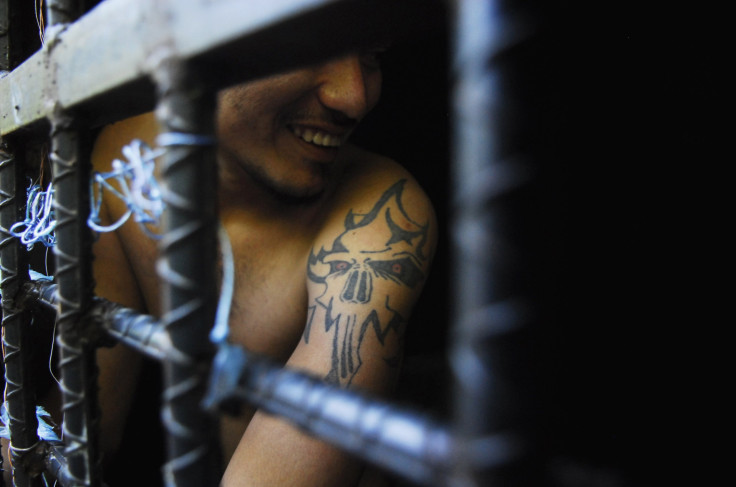US Deportation Policies Have Close Ties to Central American Violence

As the influx of Central American child migrants to the United States hits a crisis point, the U.S. debate has focused on the conflicting demands humanitarian relief and a secure border. But the root causes of the violence that has spurred the exodus of migrants from the “northern triangle” countries -- Honduras, Guatemala and El Salvador -- have been largely ignored.
U.S. deportation policies spanning the last two decades have close ties to the violent crime that has festered in the three Central American countries, according to an analysis of available data from the federal government, and they ended up helping propel the stream of Central American migrant children to the southern U.S. border.
Mara Salvatrucha and Barrio 18 -- two major gangs responsible for giving the Central American “northern triangle” countries the highest murder rates in the world -- have their origins in the prisons of Los Angeles, where they formed from Salvadorian refugee communities and expanded to include other immigrants from Central America and Mexico.
Until 1996, only criminals convicted of aggravated felonies with sentences of five years or more could be deported from the United States. But then Congress, promising to “get tough” on illegal immigration, passed the Illegal Immigrant Reform and Immigrant Responsibility Act of 1996 to lower the bar for aggravated felonies, so that those with sentences of one year or more could be deported as well.
The new law opened the floodgates for criminal deportations to Central America: In 1995, 513 criminals were deported to Guatemala, and in 2013, that number was 13,459. Honduras, the source of about half of the recent wave of child migrants in the U.S., saw more than 40,000 criminals flown into its territory in the decade between 2000 and 2010. Gang members took advantage of weak institutions and police corruption to thrive and take over large swathes of cities. Both the Mara Salvatrucha and Barrio 18 recruit young children, with violent consequences if they resist, and engage in gunfights that regularly catch innocents in the crossfire.
Across El Salvador, Guatemala and Honduras, the gangs’ membership began to grow, and in many cases members made the trek back up north to the United States with new recruits, where they would get caught by U.S. immigration authorities, detained and deported again. A 2013 report by the International Assessment and Strategy Center found that many of the gang members used deportation as a strategy to expand their networks in other Latin American countries.
The United States does not provide complete criminal history of deportees to the countries receiving them, though Secretary of Homeland Security Jeh Johnson recently signed an agreement with Guatemala to expand the existing Criminal History Information Sharing program, which allows the Immigration Customs and Enforcement agency to share conviction data on deportees.
© Copyright IBTimes 2025. All rights reserved.






















